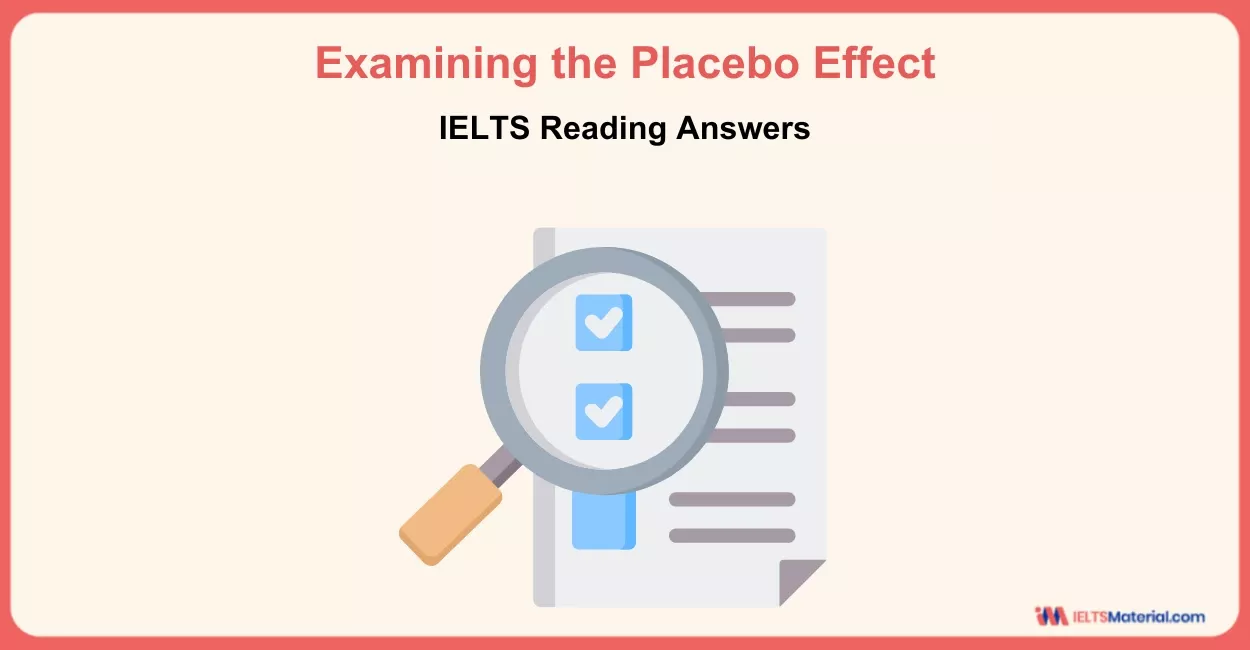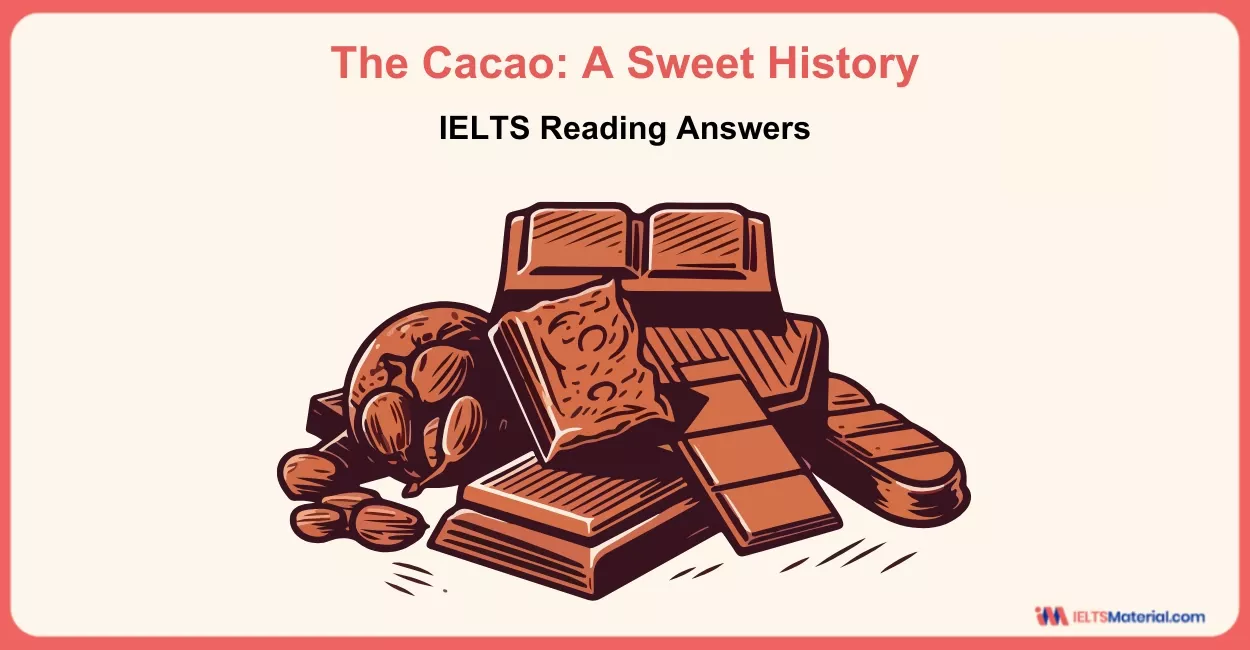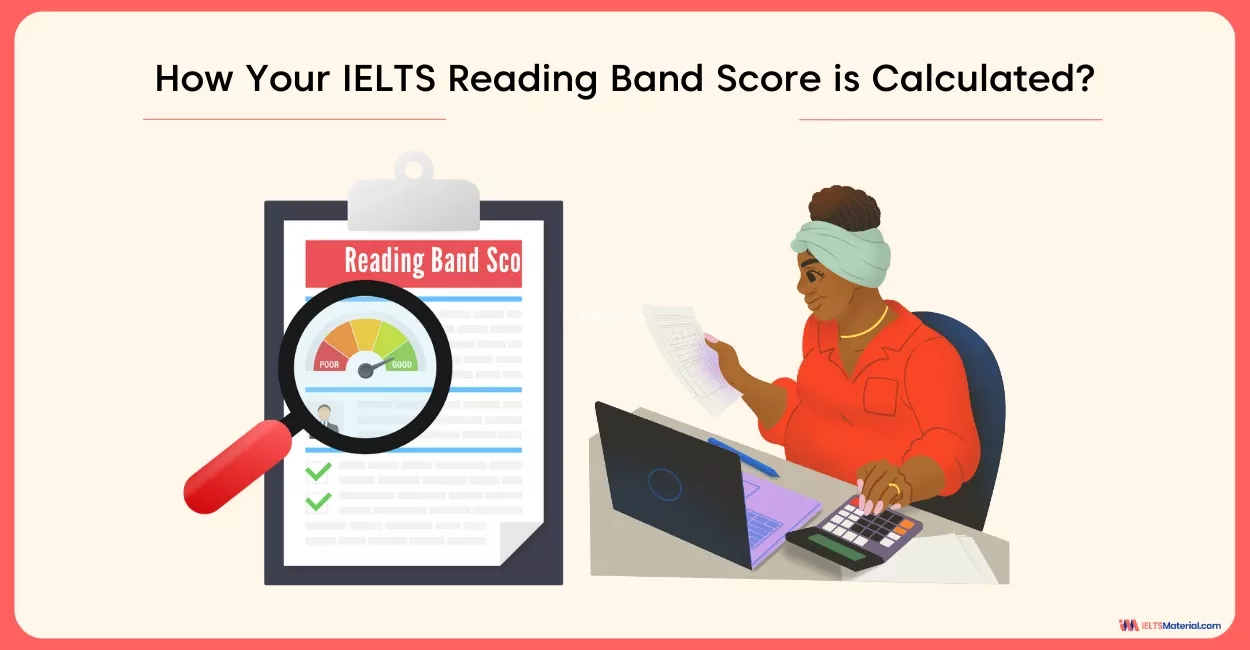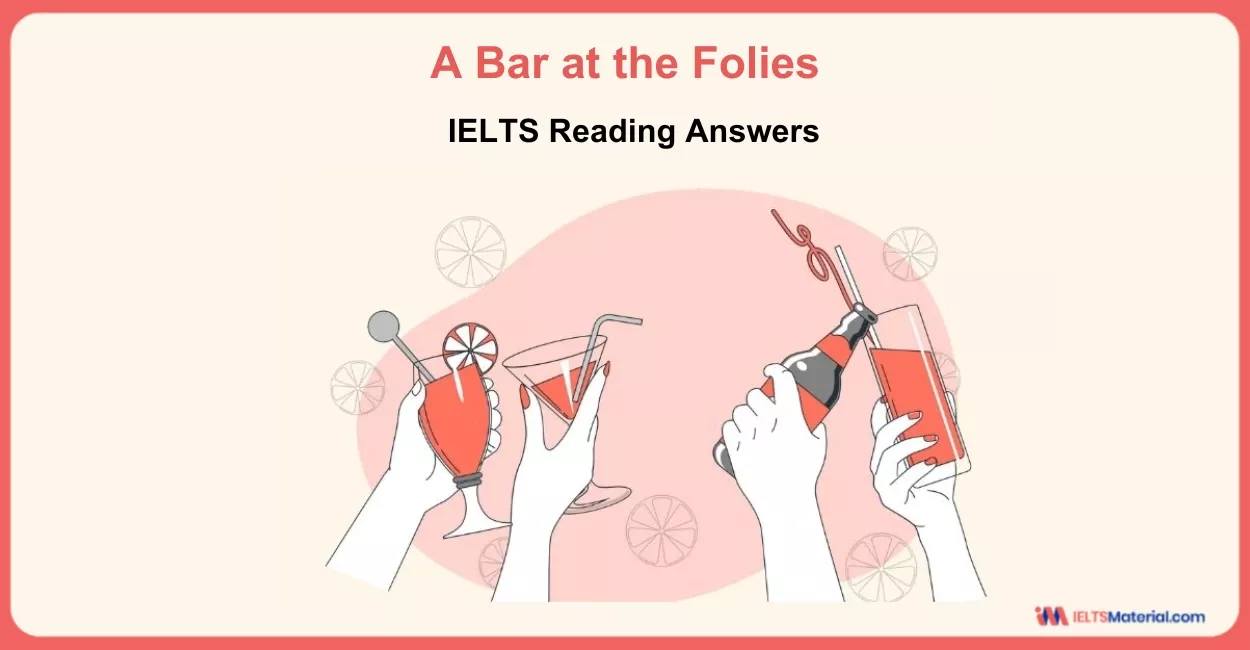A Bar at the Folies - IELTS Reading Answers
10 min read
Updated On
-
Copy link
Improve your comprehension skills with the IELTS Reading passage, ‘A Bar at the Foiles’, and learn how to identify key details, learn individual strategies for the three question types, and dive into the sample answers to sharpen your reading skills.
Table of Contents

Limited-Time Offer : Access a FREE 10-Day IELTS Study Plan!
The passage, ‘A Bar at the Folies’, is a good resource as you prepare to get familiar with different question types in the IELTS. This way, you will learn how to interpret information and increase your reading speed for the IELTS Reading test. This passage will help you understand what kind of reading passages you will encounter and the questions that you will be asked to solve. By practising consistently, you will be able to enhance your reading skills and get a band 8+.
Connect with our band 9 IELTS Trainers to crack your IELTS Reading in no time! Book a FREE Demo.
Types of Questions in IELTS Reading Passage ‘A Bar at the Folies’
To prepare for the IELTS Reading, review the “A Bar at the Folies” IELTS Reading answers to understand the types of questions and difficulty level you’ll encounter. Once you become aware of the question types, you will learn to concentrate better while reading the passage. Along with that, it will also guide you in developing critical thinking skills, making you analyze better and understand the information with ease.
The question types in this Reading Passage include:
- IELTS Reading Matching Headings(Q. 1-5)
- IELTS Reading Short Answer Questions(Q. 6-10)
- IELTS Reading Matching Endings (Q. 11-13)
Tricks to Answer Different Question Types in 'A Bar At The Folies’
Scoring a higher IELTS Band Score would require you to incorporate a few strategies so that you can read efficiently, scan for keywords, and understand the steps to follow for answering each question type. With this approach, you will get the answers easily and help you attempt each question type.
1. IELTS Reading Matching Headings
IELTS Reading matching headings is a task where you will be given a list of headings which you need to match with the specific paragraphs in a reading passage. The table below are a few tips which will help you to understand the steps to follow.
|
Step |
What to do |
Description |
|
Step 1 |
Read the Headings First |
Skim through the headings to understand the main gist before looking at the paragraphs. |
|
Step 2 |
Skim the Paragraphs |
Read quickly through each paragraph, concentrating on the first and last sentences to get the main idea. |
|
Step 3 |
Look out for Keywords |
Spot keywords in the headings and look for synonyms or similar expressions in the paragraphs. |
|
Step 4 |
Eliminate the other options |
Eliminate the headings which do not go with the content of a paragraph to reduce your choice. |
2. IELTS Reading Short Answer Questions
Short answer questions would require your answers to be brief based on information found in the passage. However, there would be a word limit which you need to follow while finalizing your answers. Let’s look at the table to understand how you have to answer such questions.
|
Step |
What to do |
Description |
|
Step 1 |
Read the question carefully |
Look for the word limit and for what is actually asked in each question. |
|
Step 2 |
Skim the passage |
Skim or quickly read the passage to get an overall idea of the information. This will give you an idea on how to locate the appropriate sections. |
|
Step 3 |
Find the Keywords |
Scan the text for those keywords or their synonyms to locate the answers. |
|
Step 4 |
Write answers |
Use the exact words from the passage when answering the questions and make sure to observe the word limit set for the answers. |
|
Step 5 |
Check your answers |
When you are done finding the answers, check them again to see if they correspond to what you've answered. |
3. IELTS Reading Matching Sentence Endings
In a matching sentence endings task, you have to pair the beginnings of sentences with the correct endings listed separately. This would test your understanding of the text and ability to connect ideas. Check out the table below to know how to answer the questions and match appropriately.
|
Step |
What to do |
Description |
|
Step 1 |
Read the Sentence Beginnings |
Skim through the list of beginning sentences given to get an idea about the topic. |
|
Step 2 |
Skim the passage |
Briefly go through the passage to get the overall idea which would help you find the relevant sections. |
|
Step 3 |
Look for Keywords |
Look at the keywords given in the sentence beginnings and search for it or its synonyms in the passage so that you would be able to get the corresponding endings. |
|
Step 4 |
Keep an Eye on Context |
You need to confirm that the endings should fit just in words but also the meaning and context. |
|
Step 5 |
Apply the Elimination Technique |
If you are unsure about any ending, try eliminating those which definitely do not fit. |
Curious to learn how to improve your reading skills to get a band 9? Check out the video below!
IELTS Reading Passage on ‘A Bar At The Folies’
You should spend about 20 minutes on questions 1-13, which are based on the Reading Passage below.
A Bar At The Folies
A One of the most critically renowned paintings of the 19th-century modernist movement is the French painter Edouard Manet's masterwork, A Bar at the Folies. Originally belonging to the composer Emmanuel Chabrier, it is now in the possession of The Courtauld Gallery in London, where it has also become a favourite with the crowds.
B The painting is set late at night in a nineteenth-century Parisian nightclub. A barmaid stands alone behind her bar, fitted out in a black bodice that has a frilly white neckline, and with a spray of flowers sitting across her décolletage. She rests her hands on the bar and gazes out forlornly at a point just below the viewer, not quite making eye contact. Also on the bar are some bottles of liquor and a bowl of oranges, but much of the activity in the room takes place in the reflection of a mirror behind the barmaid. Through this mirror we see an auditorium, bustling with blurred figures and faces: men in top hats, a woman examining the scene below her through binoculars. Another in long gloves, even the feet of a trapeze artist demonstrating acrobatic feats above his adoring crowd. In the foreground of the reflection a man with a thick moustache is talking with the barmaid.
C Although the Folies (-Bergere) was an actual establishment in late nineteenth-century Paris, and the subject of the painting was a real barmaid who worked there, Manet did not attempt to recapture every detail of the bar in his rendition. The painting was largely completed in a private studio belonging to the painter, where the barmaid posed with a number of bottles, and this was then integrated with quick sketches the artist made at the Folies itself.
D Even more confounding than Mallet's relaxed attention to detail, however, is the relationship in the painting between the activity in the mirrored reflection and that which we see in the unreflected foreground. In a similar vein to Diego Velazquez' much earlier work Las Meninas, Manet uses the mirror to toy with our ideas about which details are true to life and which are not. In the foreground, for example, the barmaid is positioned upright, her face betraying an expression of lonely detachment, yet in the mirrored reflection she appears to be leaning forward and to the side, apparently engaging in conversation with her moustachioed customer. As a result of this, the customer's stance is also altered. In the mirror, he should be blocked from view as a result of where the barmaid is standing, yet Manet has re- positioned him to the side. The overall impact on the viewer is one of a dreamlike dis-juncture between reality and illusion.
E Why would Mallet engage in such deceit? Perhaps for that very reason: to depict two different states of mind or emotion. Manet seems to be conveying his understanding of the modern workplace. A place — from his perspective — of alienation, where workers felt torn from their 'true' selves and forced to assume an artificial working identity. What we see in the mirrored reflection is the barmaid's working self, busy serving a customer. The front-on view, however, bears witness to how the barmaid truly feels at work: hopeless, adrift, and alone.
F Ever since its debut at the Paris Salon of 1882, art historians have produced reams of books and journal articles disputing the positioning of the barmaid and patron in A Bar at the Folies. Some have even conducted staged representations of the painting in order to ascertain whether Manet's seemingly distorted point of view might have been possible after all. Yet while academics are understandably drawn to the compositional enigma of the painting, the layperson is always likely to see the much simpler, more human story beneath. No doubt this is the way Manet would have wanted it.
Questions 1-5
The Reading Passage has six paragraphs. A—F.
Which paragraph contains the following information?
Write the correct letter, A—F, in boxes 1-5 on your answer sheet.
1 A description of how Manet created the painting
2 Aspects of the painting that scholars are most interested in
3 The writer's view of the idea that Manet wants to communicate
4 Examples to show why the bar scene is unrealistic
5 A statement about the popularity of the painting
Questions 6-10
Choose NO MORE THAN THREE WORDS from the passage for each answer.
Write your answers in boxes 6-10 on your answer sheet.
6 Who was the first owner of A Bar at the Folies?
7 What is the barmaid wearing?
8 Which room is seen at the back of the painting?
9 Who is performing for the audience?
10 Where did most of the work on the painting take place?
Questions 11-13
Complete each sentence with the correct ending, A—F, below.
Write the correct letter, A—F, in boxes 11-13 on your answer sheet.
11 Manet misrepresents the images in the mirror because he
12 Manet felt modern workers were alienated because they
13 Academics have re-constructed the painting in real life because they
|
Grab the IELTS Reading (Academic) Test Guide: Essential Tips, Strategies, and Practice Tests” (April-June 2025) today!
Answers with Explanation on IELTS Passage ‘A Bar at the Folies’
The answers with explanations to the passage 'A Bar At The Folies' are provided below in the table. With this, you need to note down the weak areas so that you have a chance to strengthen them before attempting questions from similar passages.
|
Question number |
Answer |
Keywords |
Location of keywords |
|
1 |
D |
In a similar vein to Diego Velazquez’ much earlier work Las Meninas, Manet uses the mirror to toy with our ideas about which details are true to life and
which are not. |
Paragraph D;
Line 2 |
|
2 |
F |
Yet while academics are understandably drawn to the compositional enigma of the painting, |
Paragraph F;
Line 3 |
|
3 |
E |
Perhaps for that very reason: to depict two different states of mind or emotion. |
Paragraph E;
Line 2 |
|
4 |
D |
In the foreground, for example, the barmaid is positioned upright, her face betraying an expression of lonely detachment, yet in the mirrored reflection she appears to be
leaning forward and to the side, apparently engaging in conversation with her moustachioed customer. |
Paragraph D;
Line 3 |
|
5 |
F |
Ever since its debut at the Paris Salon of 1882, art historians have produced reams of books and journal articles disputing the positioning of the barmaid and patron in A Bar at the Folies. |
Paragraph F;
Line 1 |
Unlock Answer
Signup/Login and get access to the answers
| 6 | composer Emmanuel Chabrier | Originally belonging to the composer Emmanuel Chabrier, | Paragraph A;
Line 2 |
| 7 | Black bodice | fitted out in a black bodice that has a frilly white neckline, and with a spray of flowers sitting across her décolletage | Paragraph B;
Line 2 |
| 8 | auditorium | Through this mirror we see an auditorium, | Paragraph B;
Line 5 |
| 9 | Trapeze artist | even the feet of a trapeze artist demonstrating acrobatic feats above his
adoring crowd |
Paragraph B;
Line 5 |
| 10 | Painter’s private studio | The painting was largely completed in a private studio belonging to the painter, | Paragraph C;
Line 2 |
| 11 | E | The overall impact on the viewer is one of a dreamlike dis-juncture between reality and illusion. | Paragraph D;
Last line |
| 12 | B | Manet seems to be conveying his understanding of
the modern workplace, a place – from his perspective – of alienation, where workers felt torn from their ‘true’ selves and forced to assume an artificial working identity. |
Paragraph E;
Line 3 |
| 13 | A | Some have even conducted staged representations of the painting in order to ascertain whether Manet’s seemingly distorted point of view might have been possible after all | Paragraph F;
Line 2 |
Enroll into our Free IELTS Webinar and learn more about techniques to improve your reading speed.
The more passages you go through, such as 'A Bar At The Folies,' the more you will be able to master the IELTS Academic Reading module. Keep track of the level of your progress so that you can put in those extra efforts to get to a band score of 8+. So, continue practicing with other passages.
Check More IELTS Reading Answers
Also Check:
Practice IELTS Reading based on question types

Start Preparing for IELTS: Get Your 10-Day Study Plan Today!
Explore other Reading Practice Tests

Nehasri Ravishenbagam

Kasturika Samanta

Kasturika Samanta

Nehasri Ravishenbagam
Recent Articles

Nehasri Ravishenbagam

Haniya Yashfeen

Haniya Yashfeen

Haniya Yashfeen




Post your Comments